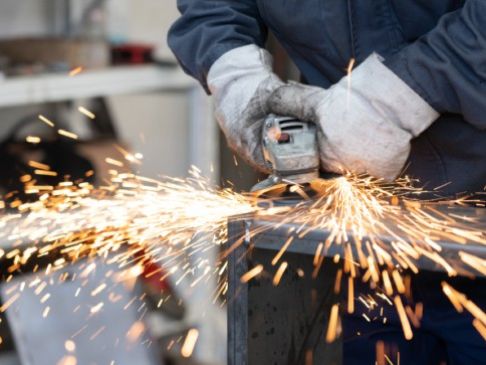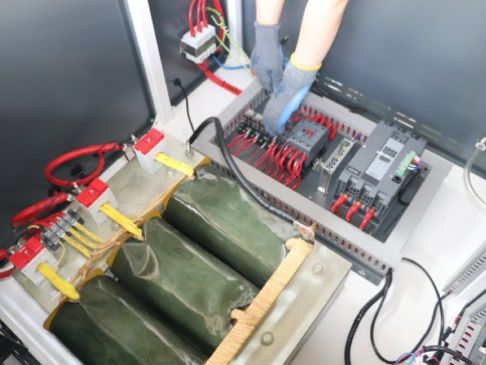Time:
Tube furnaces are usually operated with work tubes made from either a ceramic material such as mullite or recrystallized alumina (RCA), quartz glass, or metals, such as stainless steel or Inconel. It is vital that the work tube material is suitable for the desired application. It must be capable of withstanding the maximum operating temperature, and have appropriate chemical resistance to prevent unwanted reactions with sample materials.
Choose working temperature:
Please note there are maximum temperature (can be maintained < 1 hr) and continuous working temperature (safe, continuous use temperature)
The maximum working temperature depends on the heating element used, and can be divided into four categories:
a. 250 ~ 1250 °C Fe-Cr-Al or Ni-Cr-Al alloy heating element K type thermocouple
b. 1300 ~ 1600 °C SiC heating element S type thermocouple
c. 1600 ~ 1800 °C MoSi2 heating element B type thermocouple
Select the processing tube corresponding to the furnace max temperature:
a. Quartz tube: ≤ 1200 °C in 1 atm; ≤ 1000 °C under vacuum
b. Mullite tube: ≤ 1500 °C in 1 atm; ≤ 1300 °C under vacuum
c. Alumina tube: ≤ 1800 °C in 1 atm; ≤ 1500 °C under vacuum
Related News

ndustrial furnaces are used globally for a wide range of applications. As the selection of applications grew, different types of furnaces were developed to keep up with demands.
ASHING FURNACES
Ashing furnaces are used to determine the amount of ash that forms after a sample is burned. Typical materials used as samples in ashing furnaces are petroleum products, lubricating oils, and coal.

Our furnaces can be used in high-temperature tempering, annealing, quenching and other
Get A Free Quote
Submit Request